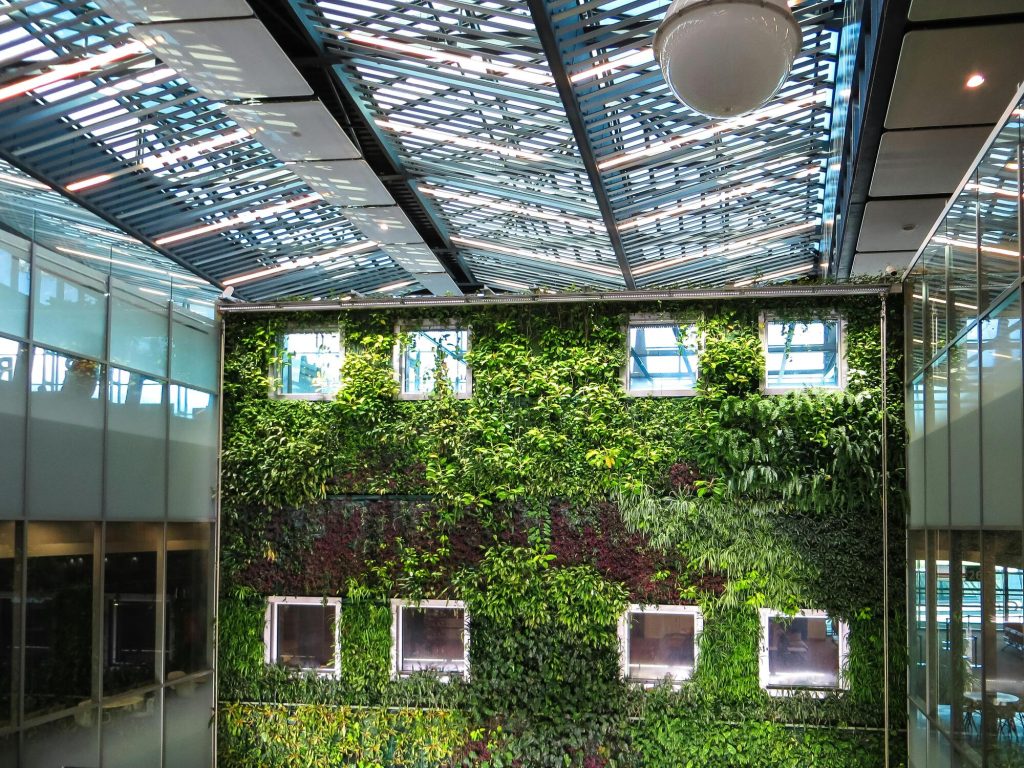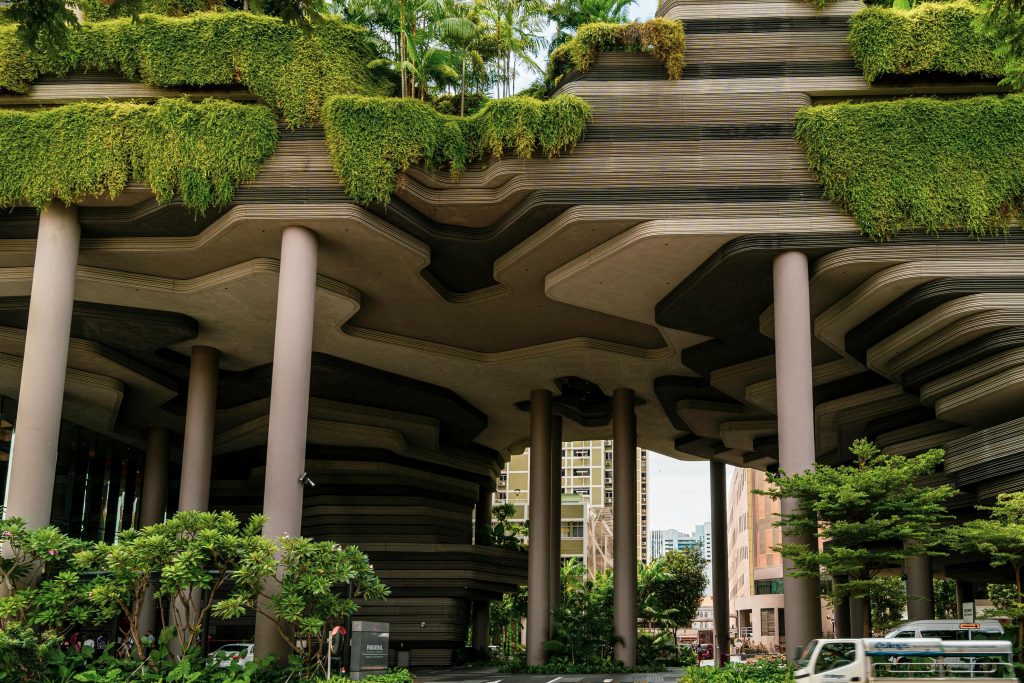Biophilic design is not just a passing trend. It is a philosophy that seeks to reconnect people to nature through the built environment. Inspired by “biophilia”, a concept popularized by Edward O. Wilson, this approach maintains that human beings have an innate affinity with natural environments. By incorporating elements of nature into homes and offices, biophilic design not only transforms the aesthetics of a space. It also improves the physical and mental well-being of those who live in it. In this article, we will explore how this philosophy can be applied to enrich our daily lives. This is achieved by balancing functionality with a positive emotional impact.

Origins of biophilic design
The concept of biophilia is rooted in our evolution. For millennia, human beings were immersed in their natural environments, developing an intrinsic connection with the natural world. With industrialisation and urbanisation, that connection has weakened, leading to an increase in stress, anxiety and other mental health-related issues.
Biophilic design emerged in response to this disconnection. Instead of treating nature as an external or separate resource, this philosophy incorporates it into the heart of the living space, creating settings that nourish our health and well-being. In modern times, this trend has become increasingly popular all over the world, from residential projects to corporate and urban complexes.
The fundamental principles of biophilic design
Biophilic design is based on a key series of principles that can adapt to different contexts:
- Visual connection with nature: This includes large windows providing views over gardens, parks or natural landscapes. Green walls and vertical gardens also meet this function in indoor spaces.
- Natural elements: The incorporation of materials such as wood, stone, bamboo or natural textiles creates a sense of warmth and authenticity. These elements add a texture and colour that remind us of the natural environment.
- Biomorphic design: Being inspired by patterns and shapes found in nature, such as spirals, waves and hexagons, brings fluidity and harmony to spaces.
- Natural light: Maximising sunlight not only saves energy, but it also improves our state of mind and regulates the circadium rhythm. This can be achieved through skylights, large windows or even translucent panels.
- Presence of water: Fountains, ponds or water walls within indoor spaces create a sense of tranquility. The sound and sight of water in movement are particularly effective at lowering stress.
- Integrated vegetation: From small plants in pots to vertical gardens and green roofs, vegetation not only decorates a space; it also improves the quality of the air and regulates the temperature.
- Refuge and perspective: Designing spaces that offer a sense of security while remaining open and connected to the setting strengthens the balance between intimacy and exploration.
Benefits of biophilic design in the home
In a residential setting, biophilic design not only improves the appearance of a home, but it also transforms how we feel inside it. What are the key benefits?
- Emotional well-being Being surrounded with natural elements lowers our stress levels and improves our mood. Studies have shown that even small plants can have a positive impact on mental health.
- Increased creativity: Nature stimulates the mind and encourages creative thinking. Incorporating designs inspired by natural shapes helps to create a setting that is ripe for intellectual or artistic activities.
- Air quality and temperature: Plants help to purify the air by absorbing pollutants and releasing oxygen. Vegetation and natural materials can also regulate the temperature and create a more comfortable atmosphere.
- Circadian rhythm: By making the most of natural light and combining it with artificial lighting that imitates natural rhythms, we can improve sleep quality and maintain optimal energy levels throughout the day.
Biophilic design in offices: productivity and satisfaction
In the work environment, applying biophilic design can have a significant impact on employees’ productivity and well-being. Recent studies have demonstrated that those working in biophilic offices report higher levels of satisfaction, as well as lower rates of absenteeism. Some strategies include:
- Collaborative green spaces: Communal areas with plants, indoor gardens or even potted trees strengthen interaction between employees and stimulate creativity.
- Using natural light: Designing offices with large windows or skylights ensures that sunlight reaches every part of the space, reducing dependence on artificial lighting.
- Natural materials in furniture: Desks, chairs and panels made from wood or bamboo, as well as sustainable textiles, create a cosier setting.
- Relaxation areas: Spaces where employees can switch off, surrounded by nature, such as indoor patios or green terraces, contribute towards a healthy balance between work and rest.

Success cases in biophilic design
There are numerous examples of architectural projects that have successfully adopted biophilic design. Here are some noteworthy examples:
- Bosco Verticale (Milan, Italy): This set of residential buildings includes more than 900 trees and thousands of plants, incorporating nature into a dense urban setting. Aside from its aesthetic beauty, it improves air quality and reduces noise.
- Amazon Spheres (Seattle, USA ): This office complex incorporates three glass spheres filled with exotic plants and trees. It is a perfect example of how biophilic design can turn a work space into a living ecosystem.
- Changi Airport (Singapore): The Jewel Changi includes an enormous indoor garden and a 40 metre waterfall, creating an immersive experience that connects travellers to nature.
Challenges and the future of biophilic design
Even though biophilic design offers countless benefits, it also has its challenges. Incorporating natural elements can involve a significant initial investment and continuous maintenance. However, technological advances and sustainable materials are helping to overcome these barriers.
The future of biophilic design is shaping up to be a combination of technological innovation and architectural traditions. With the boom in smart cities and sustainable urban spaces, biophilia will be increasingly integrated into our daily lives, from homes to public and education spaces.

In short, biophilic design not only improves the physical setting; it also nourishes the soul, when we open our doors to nature.

